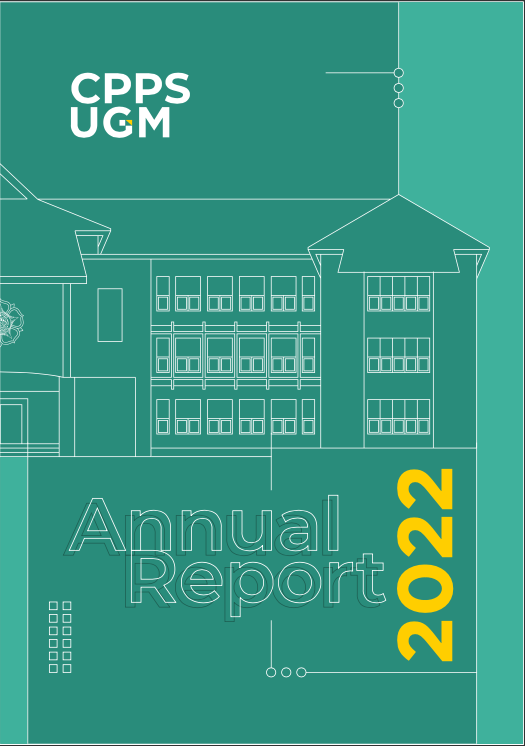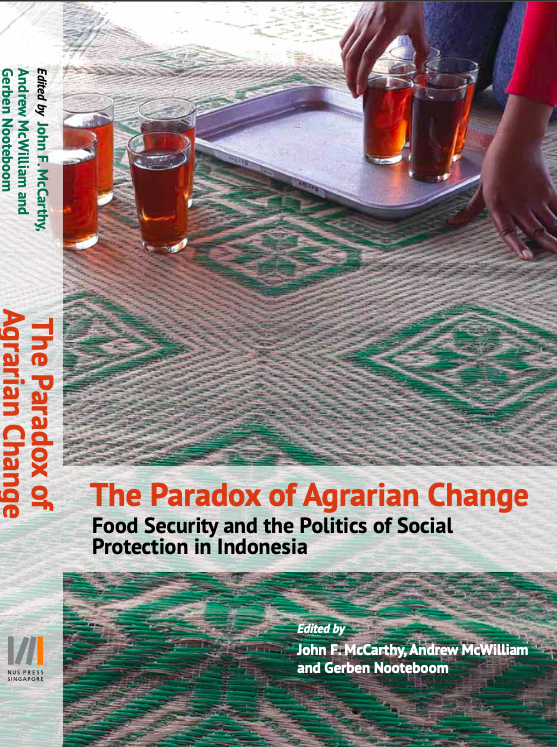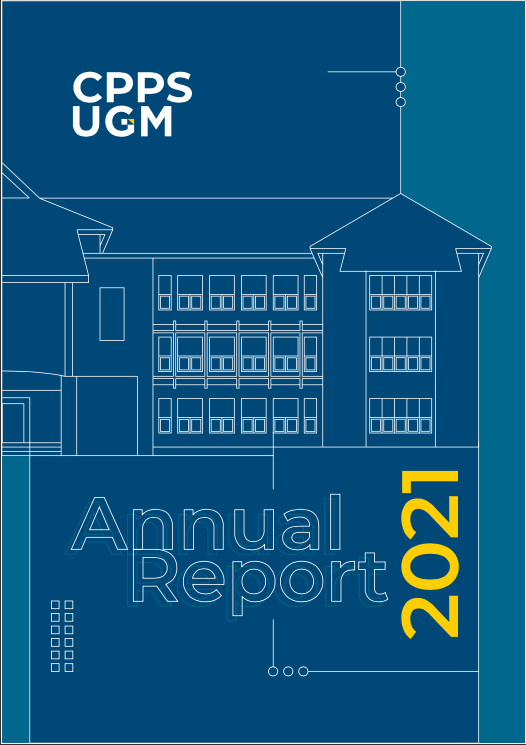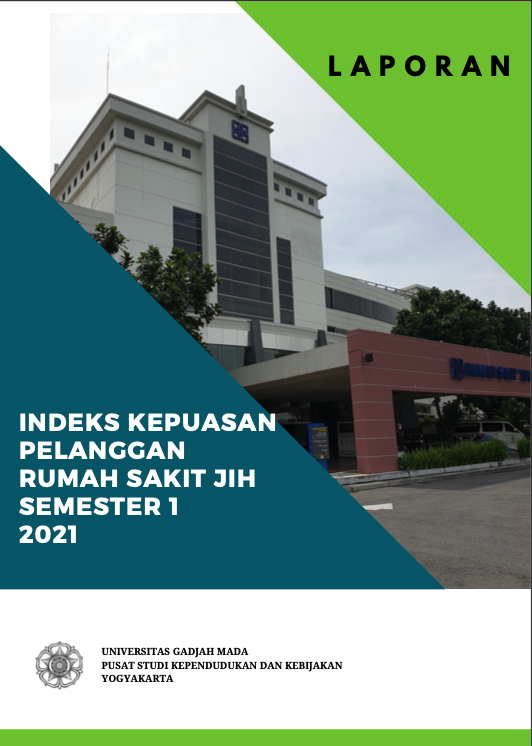Populasi Volume 7 Nomor 1 Tahun 1996
|
Masalah Upah di Jawa: Dari Sriharjo Tahun 1960-an Ke Tangerang Tahun 1990-an
Chris Manning
The results of the PJPI reject the findings of earlier researches about the concept of disguised unemployment. In the context of the carrying capacity of the natural resources of a place compared with the existing population, its relationship with poverty is no longer very strong. Srihardjo is one of the villages in the island of Java which disagrees with this concept where by the limited supply of the agricultural land can perfectly be substituted with the labor market in the industrial sector. However, the impact of the economic structural transformation at this time has got a balance on the wage dimension in the non-agricultural sector, particularly among the industrial workers, and the workers in the informal sector. This issue has the inevitable consequence of the exploitative tendency of the employers or entrepreneurs, and lack of support for the labor unions, which places them in a weak bargaining position in efforts to have their wages raised. Chris Manning in his paper shows the impact of the economic structural transformation on the production of workers, and their level from the agricultural sector (Srihardjo) to an industrial sector (Tangerang).
Mengatasi Kemiskinan: Agenda Pembangunan yang Tak Pernah Selesai
Sukamdi
Development for three decades in Indonesia has gained a significant result in lowering poverty. However, the statistic shows that a large number of people are still under poverty line. In addition, poverty has another dimension which might be more crucial to be solved, that are social and political poverty. The next unfinished agenda of development is how to solve this problem to accelerate the success of economic poverty alleviation.
Posisi Indonesia Dalam Migrasi Internasional dan Pasar Kerja Global
Marcelinus Molo; Sugihardjo
The contribution of Indonesian work force in the International Labor Market is still very minimal, both in terms of quantity and quality. For this reason therefore, the reorientation of the labor force which is sent abroad from mere household workers to being better skilled workers is a very strategic step in improving on the national foreign exchange position and reducing unemployment. This paper is focused on the importance of improving on the position of Indonesia in International migration through an anticipative focus on the availability of employment opportunities abroad, in order that the nature and the quality of the work force provided is in accordance with the demand in global labor market.
Pendapatan Migran Pekerja Sektor Informal di Palembang dan Pangkalpinang
Abbas Effendi
This research, which was conducted in Palembang and Pangkalpinang in the province of Southern Sumatra, aim at identifying the factors which influence the level if income among permanent migrants in the informal sector. The results of the study indicate that the status of the residential house which is at the same time used as the place of work, has for long, bent over employment, recruitment of the family labor force, and the level of education is a very dominant factor in the level of income. On the other hand, the variable of the number of workers and the source of capital does not have a dominating influence on the level of income of the migrant workers in the informal sector. Abbas Effendi in this paper argues that the number of workers and the working capital do not constitute major factors in improving on the production or the output, but instead, the factor of effectiveness and efficiency in using the factors of production are crucial in improving on their output.
Pemanfaatan Pelayanan Kesehatan dan Keluarga Berencana di Daerah Transmigrasi di Sulawesi Tenggara
Tukiran; Pande Made Kutanegara
The improvement of health facilities has been a major priority of the government policy. It is related to the effort of controlling population growth by reducing fertility and mortality rate. In line with this, one issue is worthwhile to question: whether or not those facilities productively utilized by the local people. This research was conducted in Lambuya sub-district, Kendari, Southeast Sulawesi, the area which is considered to be successful in the implementation of the family planning program. The utilization of health and family planning services, from the aspect of age, education, and resident of clients is quite satisfactory. Based on these three aspects, it is not surprising if they can rely on health and family planning providers. Besides the health workers at the primary health care, there are 91 traditional healers who take over health problems. The awareness of the local people to revisit the primary health care after an initial treatment is more of a causative effect of the initiative of health providers, than the desire of the clients themselves. Effort on enlightenment by improving quality of information to the people is influential in making people utilized the services available at the primary health care.
Fungsi Produksi Pusat Kesehatan Masyarakat
M. Yusril
This study on the productivity of the Community Health Centers was carried out in the province of Bengkulu. 31 Health Centers constituted the sample used in this study, which were then divided into three categories, that is, category 1, comprising of 1 Community Health Center, category 2, comprising of 17 Health Centers, and category 3, comprising of 13 Health Centers. This study was aimed at determining the factors which influence the productivity of Community Health Centers.
The results of the study indicate that the role of leadership, the implementing work force, the place of service, the duration of the service, and the budget, all have a positive influence on the productivity of the Community Health Centers. On the other hand however, the service charges, and the health service substitution has a negative influence on the productivity of the Community Health Centers. This paper shows that the role of government is still very dominant in improving on the productivity and the quality of the Community Health Centers, particularly in funding and deploying professional work force (leaders, paramedics and non-paramedics).
Sektor Pariwisata di Pulau Nias
Helmut Weber
The tourist potential in the island of Nias like the Langundri beach and Sorake has doubtlessly made it a place with a very high value from the stand point of tourist activities. This tourist potential has however, not yet been fully exploited because the natural resource management and the human resource management is evidently still very limited. The greenness of the tourist potential in the island of Nias has got a strong attracting force towards the tourists from 11 source countries, including Germany. Because of this therefore, it is absolutely essential to formulate a strategy which can be used to develop tourism in this location, so that the place can improve on its position in the international market and also be able to improve on the welfare of the population here.
Helmut Weber in his paper portrays the tourist potential in the island of Nias not only from the view point of its beautiful natural resources, but also from the angle of the rich cultural aspect of the community in this place which is very interesting to be enjoyed.
——————————
Cara Berlangganan
1. Mengisi formulir berlangganan
2. Transfer biaya langganan melalui rekening Bank Niaga Cabang Soedirman Yogyakarta, No. Rek. 018-01-1412-00-3, atas nama YP3K UGM
- Harga eceran: Rp 15.000,00 / eks
- Langganan P. Jawa: Rp 40.000,00 / tahun (sudah termasuk ongkos kirim)
- Langganan Luar P. Jawa: Rp 50.000,00 / tahun (sudah termasuk ongkos kirim)
3. Fax formulir berlangganan dan bukti transfer ke 0274 – 556563 atau 582230
Petunjuk Bagi Penulis
Redaksi menerima kiriman artikel dengan ketentuan sebagai berikut:
1. Artikel belum pernah dipublikasikan oleh media cetak lainnya.
2. Artikel dapat berupa hasil penelitian (lapangan, laboratorium, kepustakaan), gagasan konseptual kajian, dan aplikasi teori, serta ulasan buku.
3. Naskah ditulis dalam bahasa Indonesia atau bahasa Inggris, diketik spasi 1,5 pada kertas ukuran kuarto atau A4, jumlah halaman antara 25 sampai dengan 30 halaman, termasuk daftar pustaka, tabel, dan gambar/peta.
4. Artikel ditulis dalam bentuk esai dan berisi:
- Abstrak (50-75 kata) dengan bahasa yang tidak sama dengan bahasa artikelnya,
- kata-kata kunci (2-4 kata),
- identitas penulis (CV ringkas),
- pengantar/pendahuluan (tanpa sub-bab) memuat latar belakang masalah, sedikit tinjauan pustaka, masalah atau tujuan, dan kerangka pemikiran teoritis. Pembahasan disajikan dalam sub-bab-sub-bab,
- kesimpulan/penutup,
- daftar rujukan / pustaka yang diacu harus pakai dan masuk dalam artikel.
5. Daftar pustaka ditulis dengan tata cara mengurutkan secara alfabetis dan kronologis, sebagai berikut:
- Buku: nama penulis, tahun penerbitan, nama buku (dimiringkan), kota penerbitan, dan nama penerbit
- Salah satu bab/bagian dalam buku: nama penulis, tahun penerbitan, judul bab/bagian (ditulis dalam tanda petik), dalam nama buku (dimiringkan), nama penulis buku, kota penerbitan, nama penerbit, halaman … hingga …
- Jurnal/majalah: nama penulis, tahun penerbitan, judul artikel/jurnal/, volume … nomor … halaman … hingga …
6. Naskah dikirim sebanyak dua eksemplar disertai file artikel (CD) dengan menggunakan pengolah kata (Microsoft Word) ke Redaksi Populasi, Pusat Studi Kependudukan dan Kebijakan UGM, Bulaksumur G-7, Yogyakarta 55281. Dapat pula dikirim melalui email populasi@cpps.or.id
7. Kepastian pemuatan atau penolakan naskah dikirim secara tertulis. Artikel yang tidak dimuat tidak akan dikembalikan, kecuali atas permintaan penulis.





